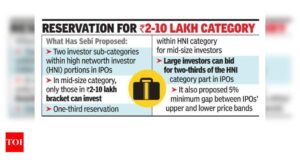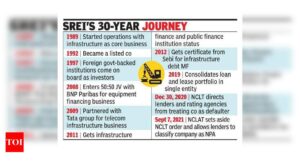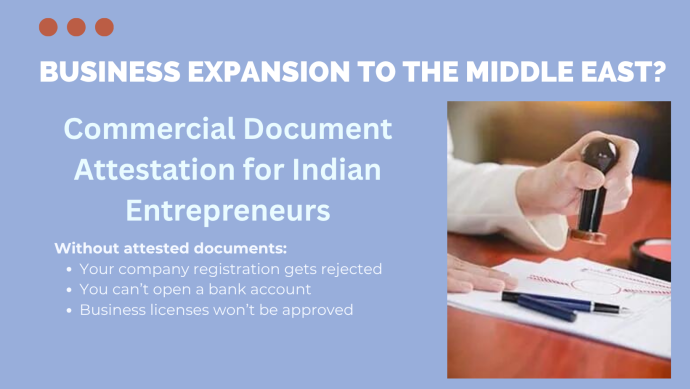‘Standardised policies help cover uninsured’ – Times of India

[ad_1]
How has the industry evolved and what is next for reforms?
From six public sector companies in 2000, there are now 69 insurers engaged in life, non-life, health and reinsurance. In 20 years, the insurance penetration has risen to 3.8% from 2.3%, while density (per capita) has grown to $78. Industry premium has risen to Rs 7.5 lakh crore from Rs 45,000 crore in 2000, and the industry now manages assets worth Rs 45.8 lakh crore — up from Rs 2.2 lakh crore. There is already an effective grievance redressal system, including the ombudsman. Irdai has also introduced a regulatory sandbox to experiment with innovative products.
However, there is still a considerable protection gap in the country and insurance penetration is below global average. We plan to introduce risk-based capital (RBC) and risk-based supervision (RBS) regimes in the coming years. We are also preparing the insurance industry to switch over to the Ind-AS accounting system based on IFRS-17. Irdai is promoting reforms in the areas of digitisation across product life cycles, bite-sized products, making insurance inclusive, risk prevention & risk minimisation measures, and loss prevention.
There has been a wave of standardisation of products. What has been driving this?
The objective is to make available basic insurance products with uniform benefits across industry with price and service being the only differentials. This will indirectly set minimum standards and benchmarks, make choice easier, and eliminate disputes. Insurers are free to offer other products, based on market requirements. Standard products will help improve insurance penetration and bridge the trust deficit with the customers.
The widening of cover under health insurance has seen an increase in rates. How can affordability be addressed?
The latest norms in health insurance aim to meet policyholder’s expectation on coverage, address information asymmetry and improve clarity on benefits offered. With the new norms, health insurance will be more inclusive, less complicated, and therefore more attractive to customers. We have capped the price increase due to this factor to 5% only. Broader issue of affordability can be addressed by deepening insurance penetration to cover more younger people and through active engagement of insurers with the hospitals for mutually acceptable rates and standard treatment protocols. Premium can also be brought down by adopting features like co-pay, deductibles, and sub-limits. We want all health insurers to integrate wellness activities into health insurance and incentivise policyholders to remain fit.
According to an IIBI report, uninsured vehicles went up in FY19. Has there been any change in trend?
Yes, the percentage of uninsured vehicles, based on the Insurance Information Bureau of India (IIBI) database, has increased from 54% to 57% from 2017-18 to 2018-19. As third-party insurance is mandatory, state enforcement authorities must take proactive steps to ensure compliance. Irdai, through the IIBI, has started a pilot project to facilitate the states to send SMSs to vehicle owners to renew policies in time. Its success depends on the cooperation of the state governments in sharing the database of vehicle owners.
What has been the experience of long-term policies in motor insurance?
Mandatory three-year motor third-party policies for new private cars and five years for two-wheelers were introduced with effect from September 1, 2018. There is a need to enforce the mandatory third-party insurance requirement under the Motor Vehicles Act. And vehicle owners also need to insure their vehicles against damage as a prudent protection measure. While long-term policies have been mandated, it may not be possible to extend the term beyond a point, as the cost of acquisition of vehicles will then become prohibitive. The ideal solution is to have ways to facilitate regular renewal.
Is there any coordination between the RBI and Irdai on regulating this channel?
The banking and insurance regulators are supervising the business under their respective domains. Bancassurance is governed by the provisions of Irdai (Registration of Corporate Agents) Regulations, 2015. This is for distributing insurance products as corporate agents. Thus, banks are regulated by the RBI on their banking operations, whereas their insurance-related operations are regulated by Irdai. Insurers also distribute products through agents, insurance brokers, web aggregators, insurance marketing firms, common public service centres. All these intermediaries are also under the regulatory jurisdiction of Irdai.
Does LIC, which is planning an IPO, need to be treated differently from others for purpose of regulation?
All insurers are required to abide by the provisions of the Insurance Act, 1938, and the rules and regulations made thereunder as well as the directions issued by the authority. With regard to IPO, the modifications necessary for certain statutory provisions in LIC Act and Insurance Act,1938 are under examination of the government.
[ad_2]
Source link







